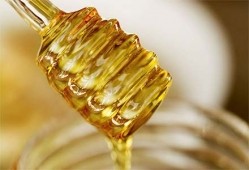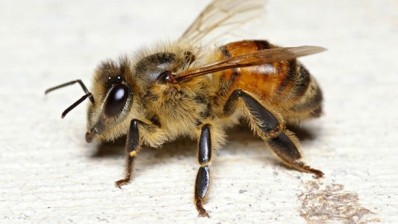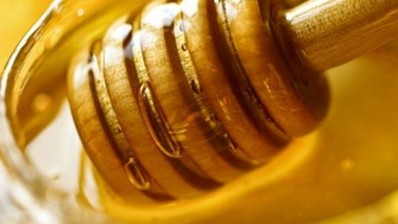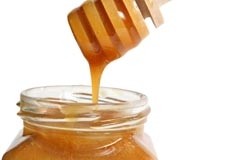NZ honey study's sweet and sour findings

Patchanee Boontaganon, a member of the university’s food group, had undertaken a comprehensive physical and chemical analysis of 74 New Zealand honeys and discovered that 29 out of 64 samples of single-plant honey contained misleading labelling. The remaining 10 honeys were from a variety of plants.
Boontaganon used standard industry analytical methods to confirm the floral identity and nutritional contents of the honey. She used analytical methods to quantify hydrogen peroxide content and antioxidant activity in honey.
Hydrogen peroxide occurs naturally in honey and plays a major role in its antimicrobial activity while antioxidants protect against free radical damage.
Manuka stands out
Boontaganon found that the majority of the honeys had similar results except for manuka honey and honey blends of the variety, which had much higher antioxidants, hydrogen peroxide and was a darker colour than clover honey.
Honey producers test the honey to ensure its quality and to differentiate between honeys produced from different plants.
The New Zealand Guidelines for Mono-floral Varieties of Honey, produced by the Bee Products Standards Council, contain the minimum percentage of pollen needed from a specific plant before a honey can be marketed as a named mono-floral honey. In this study, fewer than half the manuka honeys were true to label.
As shown by Boontaganon and other researchers, New Zealand’s manuka honey contains large amounts of several beneficial compounds and so consumers are willing to pay extra for these properties compared to a common type of honey such as clover.
More accuracy essential
“However, in view of my results, it is essential that the honey industry invests funds into ensuring all honey is true to label to maintain consumer confidence,” said Boontaganon.
Associate Professor Geoffrey Savage, from the Faculty of Agriculture and Life Sciences, supervised Boontaganon’s project.
He said: “Readers may be aware of publicity around another issue in the honey industry in regard to incorrect UMF [unique manuka factor] levels being put on manuka honey labels. While this is unrelated to Patchanee’s research, it highlights the importance of the honey industry ensuring the integrity in the identification of all honey, not only highly prized varieties like manuka.”
















